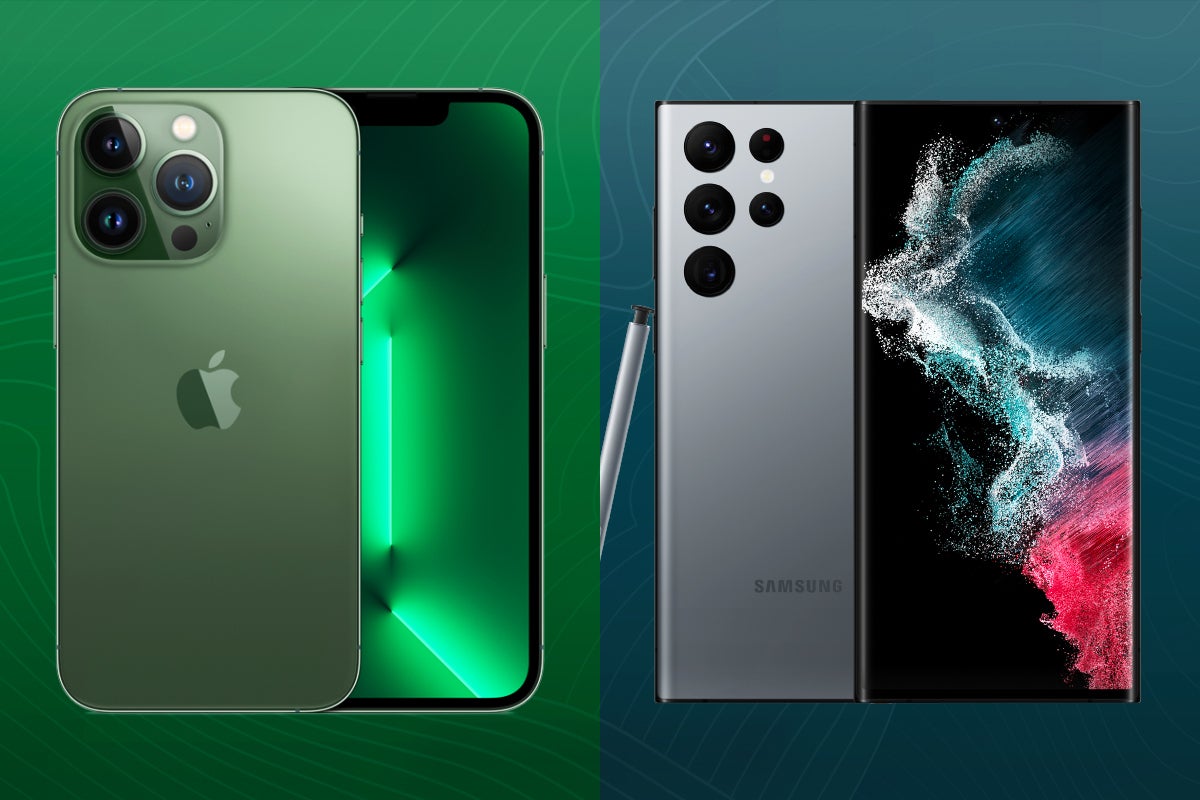What is a colour gamut? All about the display tech

If you’re in the market or a new laptop, monitor or pretty much any device with a screen, you may have wandered across the phrase ‘colour gamut’.
We’ve put together this guide to explain exactly what that means…
What is a colour gamut?
The term ‘colour gamut’ refers to the range of colours a device or display is able to reproduce.
These gamuts usually exist within colour spaces, which are set standards or models that encompass a range of specific colours.
The colour gamut can tell you how much of a particular colour space your device is equipped to reproduce. For example, a wide colour gamut means the display can output a large range of colours, which, in turn, results in a vibrant and more lifelike picture.
What are some common colour spaces?
There are many different colour spaces that have been defined, some of which you’ll probably recognise if you’ve been looking into buying a new laptop, monitor or even a smartphone.
Common colour spaces include sRGB, AdobeRGB and DCI-P3, though these are just a few you might come across.
sRGB is one of the most established colour spaces you’ll see today. As you may have guessed by its name, the colour space is made up of combinations of the three primary colours, the specific coordinates for which can by found at the International Color Consortium.
AdobeRGB is a colour space originally created by Adobe to allow CMYK printers to output colours more accurately. AdobeRGB is capable of producing a wider range of colours than sRGB, offering a more vibrant result than the older colour space.
DCI-P3 is a colour space that was originally developed for cinema by Digital Cinema Initiatives. This colour space is often found on mid and high-end displays due to its ability to produce around 25% more colours than sRGB. DCI-P3’s vivid results also mean it’s commonly used by HDR content and is well-suited to professionals working with video.
You can determine how adept a display is at covering these colour spaces by looking at the percentage score obtained by a tool called a colorimeter. The higher the percentage, the wider the range of colours the screen is able to reproduce.





